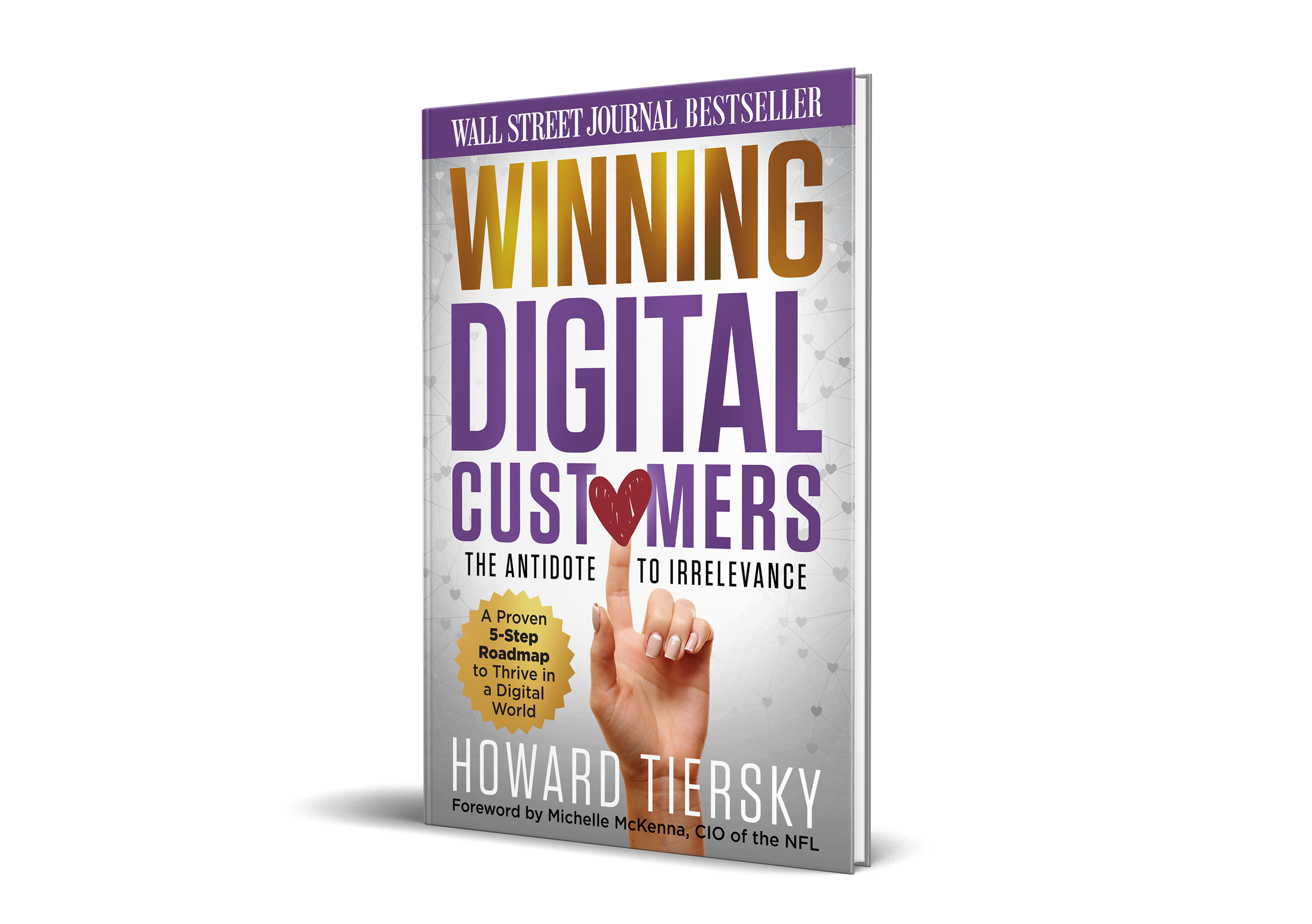Insights | By Howard Tiersky
Rate Yourself: 10 Practices That Lead to Successful Innovation
About 90% of innovations fail. However, brands like Apple, Google, Starbucks, and Amazon were able to successfully innovate and gain impactful results. What’s their secret?
In my decades of experience helping companies carry out successful innovations, I’ve identified 10 important practices that tend to lead to success.
I've listed them below and to get a sense of how you’re doing in your innovation efforts, encourage you to rate your own company on a scale of 1 to 5 in each area and then add up your score. You can use this guide to rating:
- A rating of 5 in a category means that area is a key effective enabler of innovation at your company.
- A rating of 1 indicates that aspect is a major innovation barrier.
- And you can extrapolate between them for your 2's through 4's.
1. CULTURAL VALUE

Does everyone in your company believe that innovation is important? For transformation efforts to move forward, it’s critical that the entire organization understands that innovation is key to business success.
2. ROLE DEFINITION

Are there specific people who are clearly accountable for driving innovation? If so, is the number of people enough for them to be effective and make progress in their efforts?
3. PERFORMANCE MANAGEMENT

Are individual contributions to innovation measured and rewarded? When people feel that they’re going to be recognized for their efforts, that innovating is a legitimate part of their job, they’re much more likely to come up with out-of-the-box ideas and contribute to innovation initiatives.
4. RISK TOLERANCE

Is the company willing to take necessary risks to achieve innovation? In order to successfully innovate on any predictable, consistent basis, you have to be willing to fail.
5. BUDGET

Some organizations may be willing to take risks, but if they’re not allocating enough funding for innovation programs, then there won’t be much progress.
How much of your company’s budget is allotted to innovation? Make sure you’re willing to both tolerate the risk as well as put your money where your mouth is.
6. INSIGHT

Where do you get ideas for new products that customers might want? Usually from knowledge of what customers need and their points of pain or dissatisfaction.
Do you have adequate data and actionable insights on competitors, customers, market trends, and technology? To stimulate innovative thinking, you need a process to make sure that this information is available to the people in your company who are generating new ideas.
7. ENVIRONMENT AND TOOLS

The physical environment has to be conducive to collaboration, and equipment, software, and other tools that support innovation need to be reasonably available or attainable.
This type of workspace stimulates people and makes it easy for them to get their ideas out there and collaborate. Having tools to work with can help them be more effective in their roles and make the process easier. How does your in-office and virtual environment stack up?
8. PROCESS

At any given moment, you hopefully have large numbers of new ideas that are being generated.
You need a process to gather these ideas, filter through them, and decide which ones are worth taking to the next step and which ones need to be discussed further.
Some ideas are worth spending a few weeks exploring, others are worth a few months of prototyping, and then there are those that are worth six to nine months or more to bring a pilot to market.
How effective is the process at your company?
9. COLLABORATION

Successful innovation is rarely effective just within one area. You almost always need to have many parts of an organization working together to achieve success. New products may need involvement from marketing, IT, manufacturing, finance, legal, and more. How effective is the collaboration at your company?
10. TRAINING

Innovation is a skill, or really a combination of skills from research to ideation to prototyping to budgeting and more. Most people in the workplace who have to use a new skill need to first learn and practice that skill.
It’s important to train people in innovation skills and help them see it as something anybody can develop the skills for, not some kind of magic process that only geniuses are good at.
Ok so rate each area on a scale of 1-5 and add up your total.
How did you fare? If you didn’t get a perfect score of 50, don’t worry. We don’t find companies very often that get a five in each of these 10 categories.
Organizations that score in the high 30s and low 40s are often more innovation-oriented, while those that are down in the 20s or below have a lot of upside opportunities.
Let me know if we can help your company! Book a FREE 30-minute call with us

My Wall Street Journal bestselling book, Winning Digital Customers: The Antidote to Irrelevance, contains a blueprint for developing a successful strategy for your company as well as practices to aid in identifying new trends and opportunities to explore. You can download the first chapter for free here or purchase the book here.











